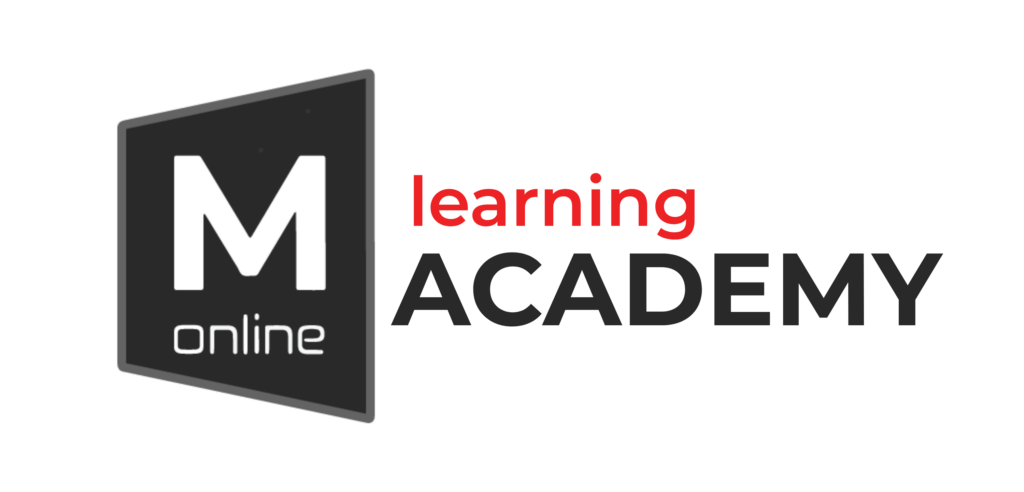Posturology: an approach to the diagnosis and treatment of postural related disorders
- In Progress
- In Progress




Introduction
This three-module course, titled “Posturology: An Approach to the Diagnosis and Treatment of Postural Related Disorders,” offers a comprehensive introduction to the field of posturology. Originating in France in the mid-1950s, posturology is a modern medicine that explores the relationship between the postural tonic system (PTS) and the diagnosis and treatment of numerous systemic, functional, and structural disorders.
The course begins by exploring the foundational research of Professor Baron, Dr. Gagey, and Dr. Bricot, which highlights the importance of primary receptors in the PTS, such as the eyes, mouth, feet, vestibular apparatus, joints, and skin. It also examines the role of manual medicine in posturology, showcasing how osteopaths like Autet and Guillaume advanced this research.
The course also delves into the understanding of the human body in both static and dynamic states. Advances in functional anatomy and neurophysiology research have facilitated a deeper understanding of the human body and the intricate interrelationships between various bodily regions, all connected through the central and peripheral nervous systems. The role of brain structures in postural communication is explored in-depth, emphasizing the importance of the Neuro-Osteo-Myofascial chains in coordinating, guiding, and completing our movements while providing counter-support and shaping our human form.
By the end of the course, participants will have gained a comprehensive understanding of the PTS and its role in kinetics, our ability to adapt to gravity, and the diagnosis and treatment of numerous postural-related disorders. Through the integration of foundational research, manual medicine, and modern research in functional anatomy and neurophysiology, students will be equipped with a holistic approach to posturology, enabling them to diagnose and treat postural-related disorders with confidence.
In the first module of this three-module course on Posturology offers a comprehensive introduction to the foundational concepts and principles of clinical posturology. The module covers the history of posturology, the tonic-postural system (TPS), the neurological centres of the TPS, primary and secondary receptors/modulators, and the role of Neuro-Osteo-Myofascial Chains.
The module also covers classic postural types, including the anterior pattern, posterior pattern, dual-component foot, valgus foot, flat foot, and varus foot. Participants will gain an understanding of fascial integrity and the role of fascia and skin in posturology. They will also explore the concept of peripheral “brains” and the role of posture in psychological well-being, including the 5 basic wounds and their corresponding postural types.
The postural examination is a key component of this module, which covers case history taking, 3D (three-dimensional) clinical examination, three dynamic tests, and analysis of the main TPS receptors. Participants will also learn about the “Disharmonious Postural Syndrome,” which is a critical component of balance disorders, as well as differential tests and neuro-postural adaptation tests such as the Nahamani test, Index tests, and Bernard Michel Autet test.
The module concludes with an exploration of multidisciplinary teamwork in clinical posturology, emphasising the importance of a collaborative approach to diagnosis and treatment. Participants will have the opportunity to engage in theoretical-practical training with practical training comprising two-thirds of the course.
Overall, this module provides a comprehensive foundation for clinical posturology, equipping students with the knowledge and skills necessary to diagnose and treat postural-related disorders with confidence.
The human body is a complex system composed of various structures and systems that work together to ensure optimal functioning. In Module 2, we will delve into the concept of Neuro Osteo Myofascial Chains (N.O.M.F), which has evolved over time and has become a crucial assessment tool in understanding the causes of symptoms that are often distant from the dysfunction.
The programme for this module will cover the following topics:
- Osteomyofascial units of the body: We will begin with an overview of the body’s osteomyofascial units and their significance in the functioning of the body
- N.O.M.F. (Neuro-Osteo-Myofascial) anatomy and physiology: We will delve deeper into the anatomy and physiology of N.O.M.F., the connection between muscles, fascia, and the nervous system.
- Various schools of thought: We will explore different schools of thought such as Mézières, Struiff-Denis, Busquet, Daraillans, and their approaches to N.O.M.F.
- N.O.M.F. chains – straight (lingual, facial, pharyngeal, prevertebral) and crossed (anterolateral and posterolateral): We will discuss the different N.O.M.F. chains, including their functions, and the relationship between them.
- Key muscles: We will pay particular attention to some “key muscles” that play a crucial role in the postural system.
- Overview of the relationship between N.O.M.F. chains and: organs, psyche, tissues: We will explore how N.O.M.F. chains are related to organs, psyche, and tissues, and how they can affect the functioning of the body.
- Overview of motor patterns: Finally, we will provide an overview of motor patterns and how they are used by the central nervous system to adapt the body’s position in space according to three laws (economy, balance, and comfort).
Through this module, you will gain a deeper understanding of the concept of N.O.M.F. chains and how they can be used as an assessment tool to identify the root cause of symptoms that are often distant from the dysfunction.
The ontogenesis of postural evolution is crucial in understanding the mechanisms that may cause functional and structural pathologies over time. This final module is designed to stimulate your interest in this fascinating subject, providing a comprehensive understanding of maternal and foetal changes during pregnancy and their impact on postural development.
The first part of the module will focus on the physiological changes that occur in various systems during pregnancy. We will delve into the key aspects and differences between trimesters, with particular attention given to postural and biomechanical aspects, as well as the main hormonal dynamics critical during labour and childbirth.
In the second part, we will discuss the physiology of labour, childbirth, and the first moments following birth. Essential factors, such as labour duration, foetal situation, position, and presentation, progression, internal and external rotations, and foetal disengagement, the Apgar Index, and the need for operative delivery (induction, vacuum extraction, etc.), must be understood to identify potential birth traumas and their impact on a child’s postural development.
A physiological pregnancy and childbirth lay the foundation for a newborn to express their evolutionary potential in neurological, motor, postural, and behavioural terms, making them a form of primary prevention. The course will also dedicate ample time to discussing primitive reflexes, which play a crucial role during intrauterine life, birth canal passage, and integration in the first months of life, enabling the child’s normal development by providing neurological, postural, motor, and behavioural skills.
In the third part of the module, we will cover the stages of neurodevelopment, along with an in-depth analysis of the foot during developmental age. We will then discuss scars as postural obstacles, not only as tissue constraints that disrupt fascial dynamics and biomechanics but also as irritants to the autonomic nervous system and postural tonus system. We will learn to evaluate them using Nogier’s V.A.S. (Vascular Autonomic Signal) and the fascial approach to treating an active scar.
Finally, we will conduct a theoretical and practical review of Autet’s hip rotator test, which was learned in the first module. This comprehensive course will equip you with valuable knowledge and skills to help you better understand the complexities of postural development from pregnancy to infancy and beyond.
Specifically, the module will cover the following topics:
- Physiological pregnancy: The course starts with an introduction to the physiological changes that occur during pregnancy, including the key aspects of the three trimesters of gestation.
- Physiological adaptations of various systems: This section delves deeper into the physiological adaptations of various systems during pregnancy, such as the hormonal changes that become critical during labour and childbirth.
- Medically assisted procreation (PMA): This part discusses medically assisted procreation and its impact on postural development.
- Hormones in pregnancy: You will learn about the role of hormones in pregnancy and how they affect postural and biomechanical aspects.
- Hormones in labour: The section explores the role of hormones during labour and childbirth, with a particular focus on oxytocin.
- Physiology and phases of labour: This part discusses the different phases of labour and the factors that contribute to a successful delivery, including the maternal pelvis and force, foetal presentation, and foetal position.
- Foetal relationships: You will learn about the foetal attitude, foetal situation, foetal presentation, foetal position, and level of the presenting part during childbirth.
- Maternal-foetal phenomena of childbirth: This section covers the progression, internal rotation, disengagement, external rotation, and expulsion that occur during childbirth.
- Plastic phenomena: Caput succedaneum and cephalohematoma are discussed as possible birth traumas that may affect postural development.
- Birth traumas: This part covers the mechanical, neurovegetative, and systemic interferences that may occur during birth, potentially impacting a child’s postural development.
- Primitive reflexes: The course explores primitive reflexes during pregnancy, childbirth, and in the newborn and infant. You will also learn about their integration and evolution towards postural reflexes.
- Stages of neurodevelopment: This section discusses the stages of neurodevelopment and their relationship to postural development.
- The foot in developmental age: You will gain an understanding of the foot’s role in developmental age, with a focus on a research thesis for the Clinical Posturology Master’s degree from the University of Pisa.
- Scars: This part covers scars as potential obstacles to the postural tonus system, and their assessment using Nogier’s V.A.S. (Vascular Autonomic Signal) and the fascial approach to treatment.
- Receptor priority according to B.M. Autet’s hip test: The course concludes with a review of B.M. Autet’s hip rotator test, an essential tool for clinical postural assessment and instrumental evaluation.
By the end of this module, you will have a comprehensive understanding of posturology in developmental age, from conception to infancy and beyond. You will be better equipped to address the challenges that may arise in this field, with knowledge and skills that are valuable to healthcare practitioners and researchers alike.
Learning objectives
- Develop a comprehensive understanding of the postural tonic system (PTS), its foundational research, and the role of manual medicine, functional anatomy, and neurophysiology in posturology, to diagnose and treat postural-related disorders confidently and effectively.
- Learn to integrate the knowledge gained from the course into daily clinical practice, adopting a holistic and systemic view of the human being, to provide more personalised and effective treatment.
- Gain a cross-disciplinary perspective of modern medicine and understand the systemic and functional origins of many disorders through the study of posturology.
- Develop the skills and knowledge required to perform clinical assessments and research the causes and co-causes of postural-related disorders, to provide a comprehensive and accurate diagnosis.
- Understand the ontogenesis of postural evolution and the mechanisms that can cause functional and structural pathologies over time, to develop more effective and personalised therapeutic approaches.
Philippe Caiazzo is a French national who has been residing in Italy since 1997. He is a qualified physiotherapist and osteopath with the College of Osteopathic Medicine of Provence and Montpellier in France. In addition, he is a graduate in paediatric osteopathy from the Paediatric Osteopathy Foundation of San Marino, with the support of OCC London.
Caiazzo has an extensive academic background, having served as a professor at the University of Pisa in the Clinical Posturology Master’s program. He has also previously been a professor at several other universities, including those in Palermo, Tor Vergata, Rome, Florence, and Turin.
As a tutor and pediatric osteopathy teacher, Caiazzo has worked with several institutions, including the Pediatric Osteopathy Foundation (RSM), OCC Italy (ABEOS Raiano), SOMA School of Osteopathy (Milan), and Fulcrum School of Osteopathy (Treviso). He is the creator of Osteopathic-Postural Therapy (TOP), which is taught in France, Spain, and Italy. He is also the author of the book TOP (Osteopathic-Postural Therapy, Marrapese Ed.).
Caiazzo is highly respected in his field and has been recognized for his contributions. He is the Honorary President of the Italian Academy of Osteopathic-Postural Therapy (AITOP) and has served as the president, moderator, and speaker at numerous national and international conferences on posturology and osteopathy.
Philippe Caiazzo
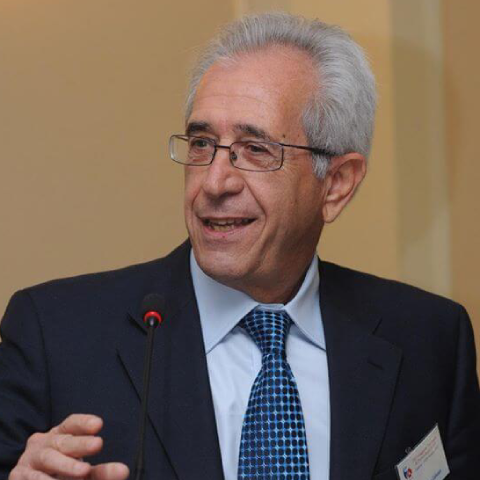
nicoletti Luigi
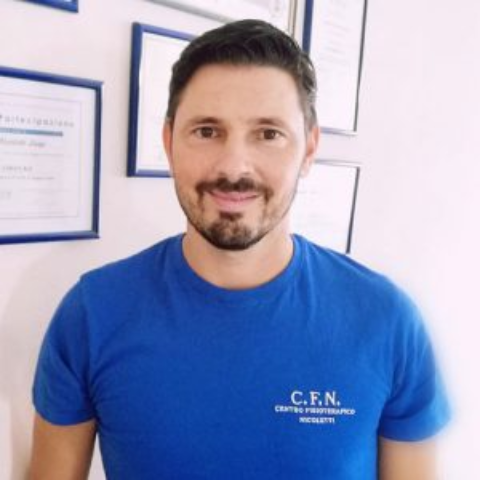
Luigi Nicoletti is a highly skilled osteopath and physiotherapist with a Bachelor’s degree in Physiotherapy obtained in 2003. He is an expert in Osteopathic Postural Therapy and has extensive experience in teaching and instructing. Currently, he serves as the President of AITOP (Academy of Osteopathic Postural Therapy). Luigi has served as an instructor at the Clinical Posturology Master’s program at Tor Vergata University and at the Posturology Master’s programme in Pisa. Additionally, he is an AITOP instructor, and an Osteopath DO. With his extensive knowledge and expertise in the field, Luigi is an asset to the world of physiotherapy and osteopathic postural therapy.
Marco Gori is a highly accomplished professional in the field of physical therapy and osteopathy with extensive educational and practical experience. He has a background in physical education, having graduated from ISEF, and completed a degree in Physiotherapy. He also holds a Master’s degree in Clinical Posturology from the University of Pisa.
Mr. Gori is an expert in TOP methodology and has delivered lectures on the subject. He is also an osteopath with DO and DOP certifications. He has served as the former President of AITOP Academy and as a lecturer for University Master’s programs at the University of Florence, Pisa, and Tor Vergata of Rome.
In addition, Mr. Gori has served as an educational coordinator and lecturer at the Franco-Italian School of Osteopathy and the Italian School of Pediatric Osteopathy. He was previously contracted as an osteopath and coordinator of the Osteopathy Clinic at AOU Meyer in Florence.
Gori Marco
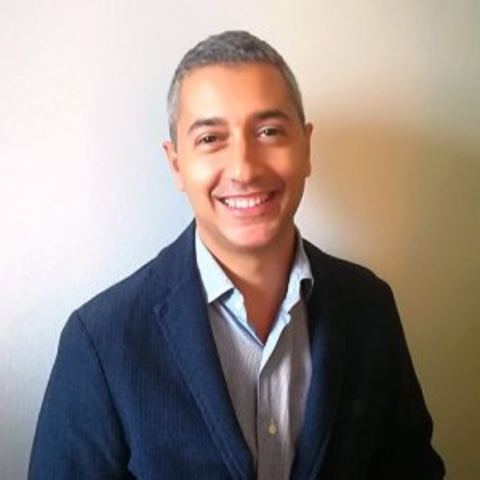
Interdisciplinary course including healthcare and sports science and exercise practitioners. Physical Education, Sports Science, Doctors, Dentists, Physiotherapists, Osteopaths, Chiropractors, Podiatrists, Orthopaedic Technicians, Speech Therapists, Optometrists
Italian
25
24 h per module - 72 h total
3 days per module - 3 modules
Certificate of continuous professional development (CPD) issued by Medi-Cine Online Learning Academy. The CPD will be issued only upon completion of the three modules.
